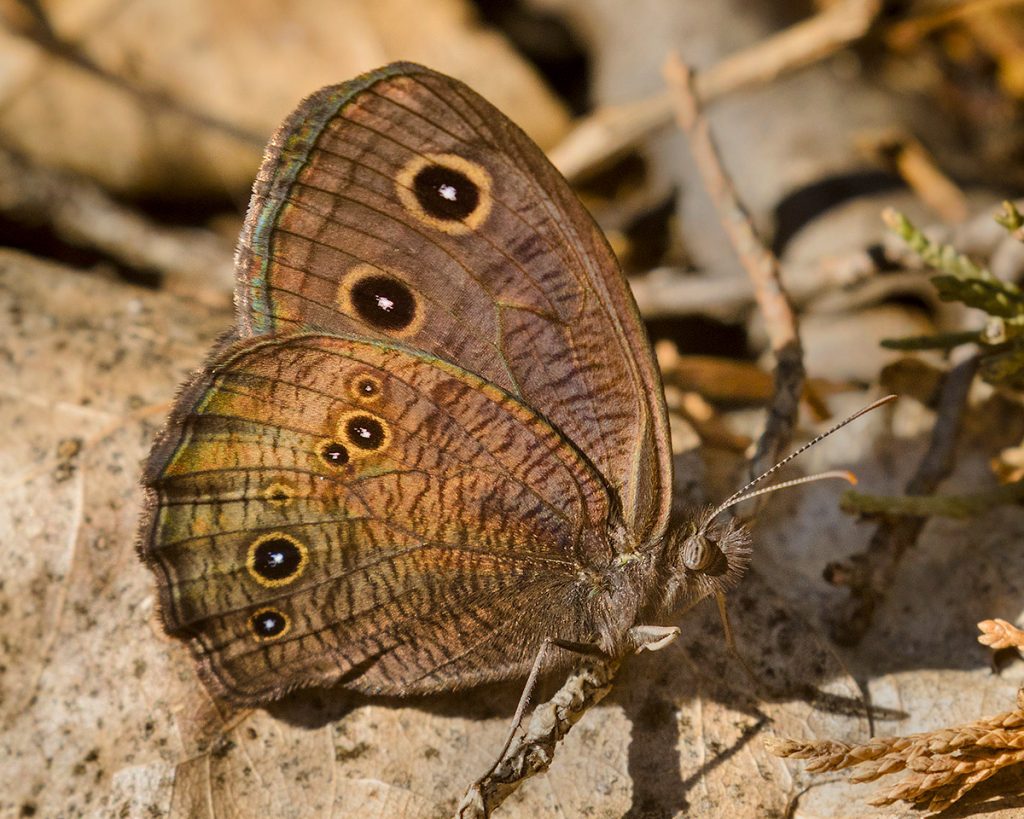I left the Slim Buttes on Friday and drove back to my quiet spot in the Black Hills. It was getting hot up there and forecast to get even hotter. When I got to my spot, someone else was there with a big 5th wheel and ATVs. There was plenty of room for me too but I decided I wanted some distance from ATVs so went back to the main road and took the road to Jumpoff Spring. I have often thought about taking the Scamp on that road but haven’t done it because of a steep hill and a rough, rocky road to get up there. Well, I tried it, took it real slow in 4 wheel drive and it turned out OK. No cupboards dumped out and nothing much happened. I really like this new spot, even quieter and more remote. One thing I am certain of, no one is pulling a 5th wheel or big camper up here! I put out the trail cams yesterday near Baldwin Spring and got nothing, then this afternoon I was walking down the trail by camp when I saw fresh Mountain Lion tracks from last night, made after the light rain that fell. I had one hummingbird at my feeder this morning that hasn’t come back, I think it was a Ruby-throated Hummingbird.















































